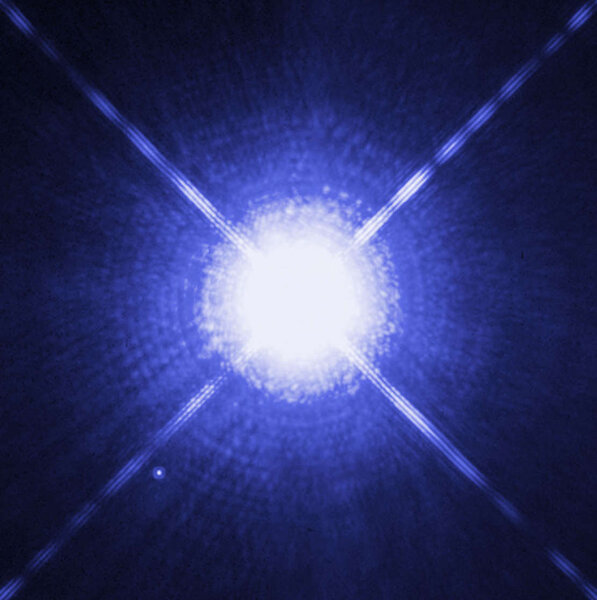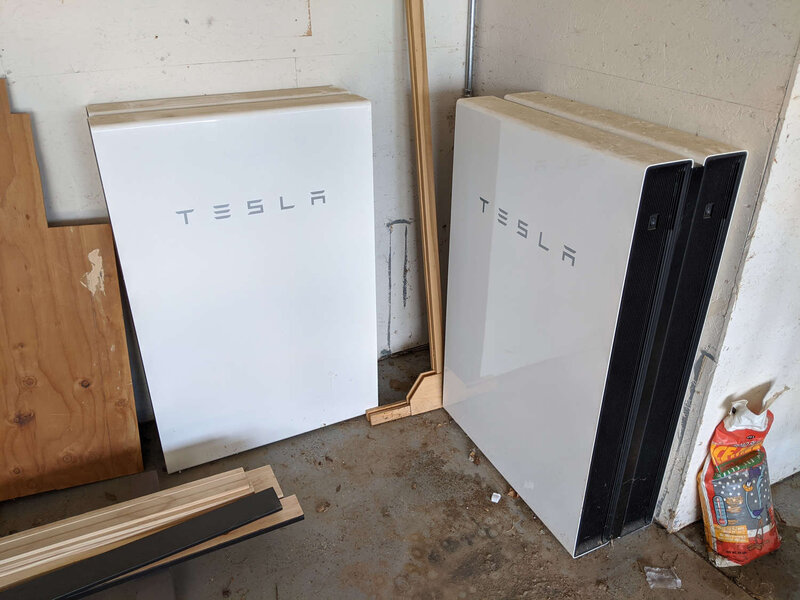Create a free profile to get unlimited access to exclusive videos, sweepstakes, and more!
Got lithium? Thank a long-gone explodey white dwarf
Three million people in the U.S. alone use lithium as a medication to treat mental illness, including bipolar and major depressive disorders. Lithium is also used in batteries; I have four large lithium-ion batteries in my garage that charge every day from solar panels and power my house at night, and electric cars also use lithium-ion batteries. It's used in making glass and many other products as well.
So where'd it come from? The ground, sure, but where before that? Well, a lot of lithium was made in the Big Bang. No, seriously. About a minute (!) after the Universe formed it was hot and dense enough to maintain nuclear fusion, and that's where we got most of the helium in the Universe, as well as some lithium.
It's seen in brown dwarfs and very cool stars, but the amount measured and the amount calculated to have been made In The Beginning don't match, which means something else out there is producing it.
Astronomers have long suspected catastrophic explosions called novae are behind it, but getting physical models to produce the amount seen has been difficult. However, new research has been able to reproduce the amount of lithium observed. Not only that, it shows that the same process can lead to much bigger explosions.
Much bigger.
When stars like the Sun die they shed their outer layers, revealing their hot, dense cores. We call these white dwarfs, and they can have up to 1.4 times the mass of the Sun squeezed down into a little ball only the size of the Earth. Mind you, the Sun has over a million times the volume of the Earth, so we're talking about a lot of squeezing. A cubic centimeter of white dwarf stuff (the size of a six-sided die) weighs a ton.
The gravity of such a beast is fierce. If the white dwarf is in a binary system, with another star orbiting it, the dwarf can pull material off that star which then piles up on the dwarf (this is called accretion). The gravity is intense, and if enough material piles up it gets squeezed so hard it undergoes thermonuclear fusion, essentially a hydrogen bomb detonating … except more like 10 billion trillion of them going off all at once.
The explosion slams lighter elements like hydrogen and helium together, fusing them into heavier elements, including lithium.
The problem is that when models are made of how the material explodes, getting the right amount of lithium out has been hard. It depends on the elemental content of the material in the stream falling down onto the dwarf, the material in the dwarf, how they mix, the mass of the dwarf, and what happens during the actual thermonuclear explosion.
The new research took aim at that. They varied all those parameters, ran the simulations, and saw what they got. In one simulation they let the material from the other star pile up and ignite, and after the fusion process had already started they let it mix with material from the white dwarf itself. When that happened they found the material ejected from the explosion was enriched with beryllium, which then underwent radioactive decay, transforming into lithium, and the amounts they got were in accordance to observational measurements!
Specifically they found that about 10% of the lithium in the galaxy is made this way, about 100 times the mass of the Sun's worth: 2 x 1031 kilograms, or 20 trillion quadrillion tons. So, a lot.
Here's a thing: Lithium has been found in small quantities in very old meteorites, ones that formed when the solar system itself was forming, then fell to Earth recently. The amount of lithium in them indicates that there must have been one or more novae near the cloud of gas and dust that collapsed to originally form the Sun and planets, seeding it with the element.
One more thing. These kinds of novae don't destroy the white dwarf; only the material piled up on the surface explodes. The process is cyclical: Material piles up, it explodes, the system calms down, then matter starts accreting again. Lather, rinse, fuse, repeat.
It hasn't been clear if the material ejected is more than was accreted, or less. If it's more that means the white dwarf loses mass over time; if it's less than it still has a net gain in mass. The new research shows that the dwarf actually blows off less than it accretes, meaning that over time it gains mass.
That's important. Eventually enough mass piles up that the white dwarf reaches a critical limit where it can't support its own weight any more. Fusion then occurs all over the star everywhere, and the entire white dwarf explodes.
This is far, far more energetic than a nova, and we call it a supernova. It releases 10 million times more energy, and gets so bright we can see the explosion across most of the observable Universe. This new work shows that this is one possible way to get such an event (another is for two white dwarfs to collide and merge, which is also brain-crushingly catastrophic). These explosions also create new elements, including things like iron and calcium.
Think about that. If you're taking lithium carbonate for depression, maybe with an iron supplement, and you drink it down with milk, then the major ingredients you just ingested were forged in the thermonuclear fires of a white dwarf star slowly eating its companion billions of years ago, repeatedly undergoing huge explosions until it really exploded.
Just a little reminder care of astronomy that, though it may not always seem like it, you literally have the Universe in you.
















